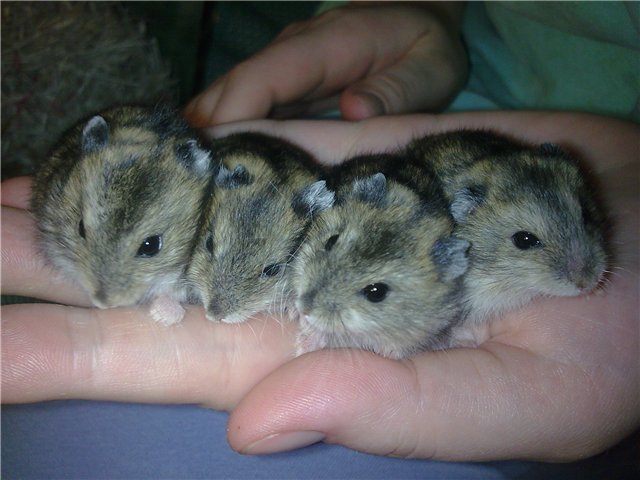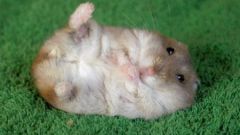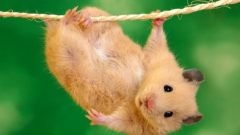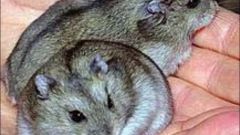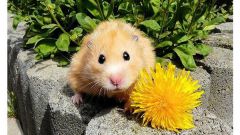Instruction
1
Djungarian hamsters. This breed is considered a dwarf. Djungarian hamsters grow small, only 5 cm in length. Coat them dark, with a black stripe on the back.
Cage they need a small running wheel should be about 10-15 cm in diameter. Also cage Jungaria you can put a tub of sand, in which they would be happy to bathe – brush coat. In the cage must be water and food. Do hamsters eat grain; pamper them with fruits and vegetables, and cheese.
Djungarian hamsters are quite small, so to take into their hands to gently, not closing in his hands. Drugarice bad learn to the hands, for a very long time to get used to the owner.
Cage they need a small running wheel should be about 10-15 cm in diameter. Also cage Jungaria you can put a tub of sand, in which they would be happy to bathe – brush coat. In the cage must be water and food. Do hamsters eat grain; pamper them with fruits and vegetables, and cheese.
Djungarian hamsters are quite small, so to take into their hands to gently, not closing in his hands. Drugarice bad learn to the hands, for a very long time to get used to the owner.
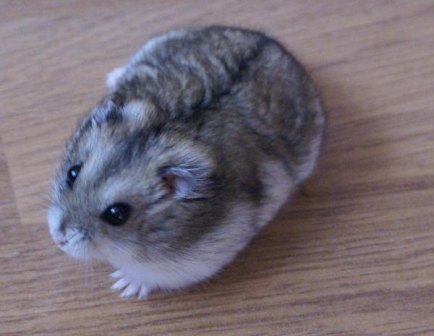
2
Syrian hamsters are larger in size. At length they reach 15 cm Syrian hamsters come in many different color and with different length of wool.
Cage for pet, need a lot more than Junggar rocks. To feed these rodents need as well as the other hamsters. Besides food and water, in a cage must necessarily be a wheel diameter of not less than 20 cm is Possible, with age, the wheel will have to change, because the Syrians will not be run in a small wheel for them.
Bathe the hamsters don't, they wash themselves like cats. They can be taught to walk in a tray, just put the toilet in the corner of the cage where the hamster goes.
Syrian hamsters are more friendly. They are easy to contact, quickly get used to hands. Often they respond to the voice of the master. Syrian hamsters are different from others in that you gather food and material for houses in their cheek pouches and then store them in secluded places. How are hosting Syrians, very interesting to watch.
Cage for pet, need a lot more than Junggar rocks. To feed these rodents need as well as the other hamsters. Besides food and water, in a cage must necessarily be a wheel diameter of not less than 20 cm is Possible, with age, the wheel will have to change, because the Syrians will not be run in a small wheel for them.
Bathe the hamsters don't, they wash themselves like cats. They can be taught to walk in a tray, just put the toilet in the corner of the cage where the hamster goes.
Syrian hamsters are more friendly. They are easy to contact, quickly get used to hands. Often they respond to the voice of the master. Syrian hamsters are different from others in that you gather food and material for houses in their cheek pouches and then store them in secluded places. How are hosting Syrians, very interesting to watch.
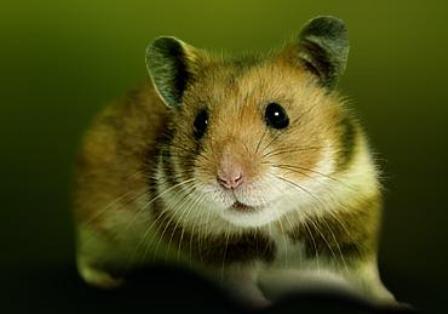
3
Campbell is the most aggressive breed. These hamsters appreciate the independence and very rarely domesticated. For this trait of character and love them. The breed of Campbell for more busy people who have no time to care for the animals and not recommended for children.
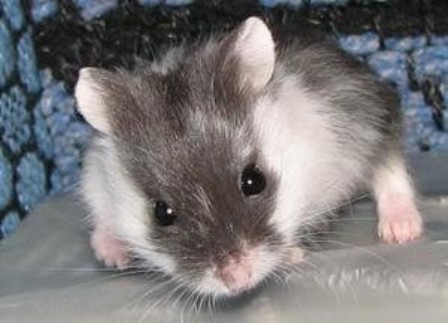
4
Hamsters Roborovskogo – a rare breed of dwarf hamsters. Unlike Djungarian, this breed has no lines on the back and legs a little longer. They are very active. Their distinguishing feature is the social way of life. They do not live alone, like the rest of the hamsters, and like the company.
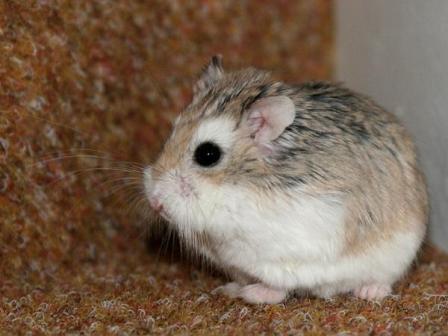
Useful advice
Hamsters do not live in packs (except the last of the breed), they are territorial animals, so it is better to have one. For two Pets will have to purchase two separate cells.
Female hamsters are more active, Thrifty, fun. Males are often lazy, but they are faster and easier to get used to hands.
Female hamsters are more active, Thrifty, fun. Males are often lazy, but they are faster and easier to get used to hands.
